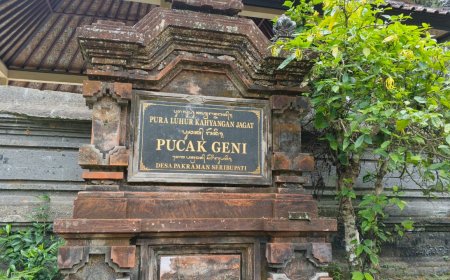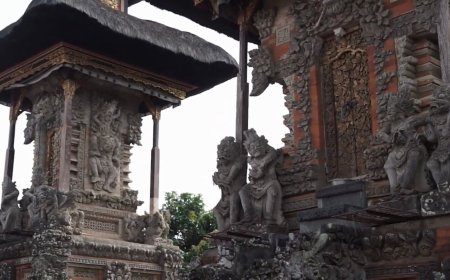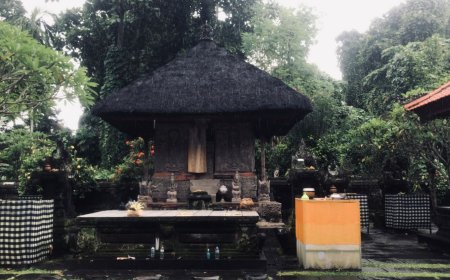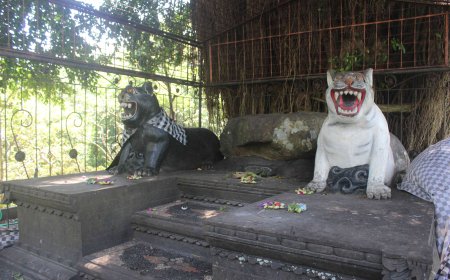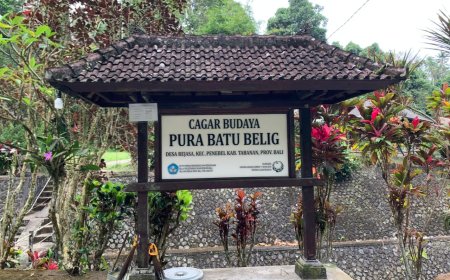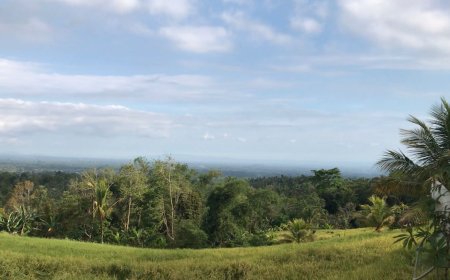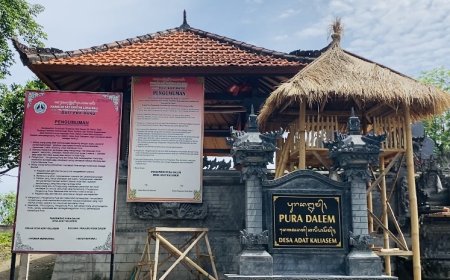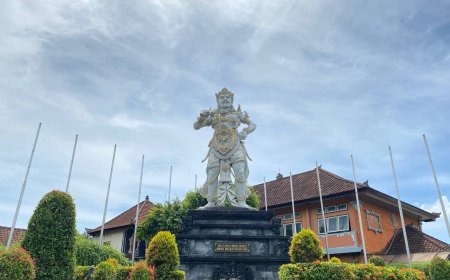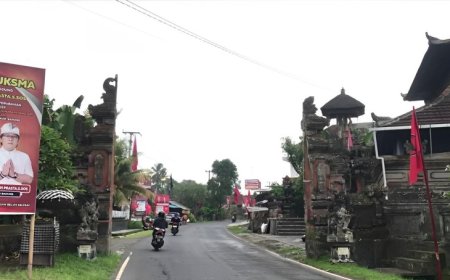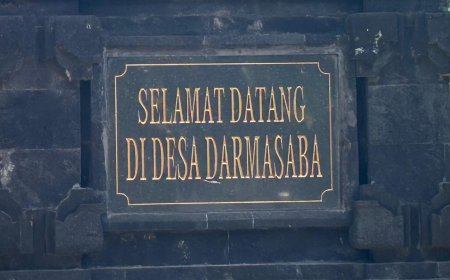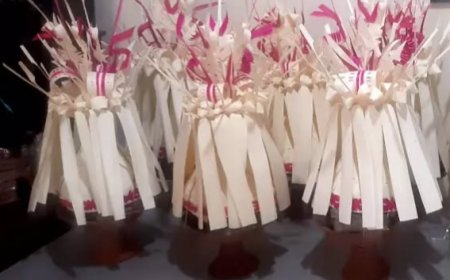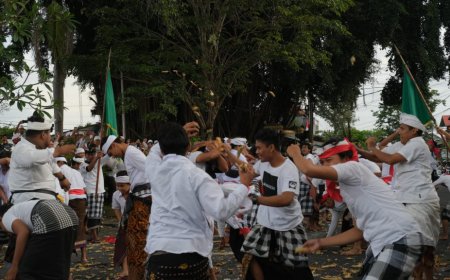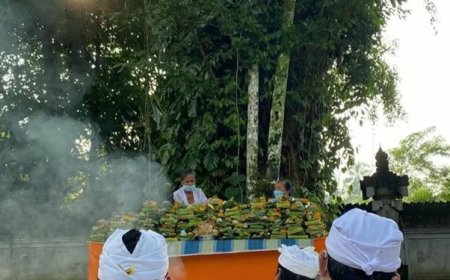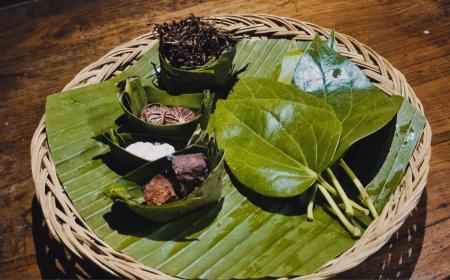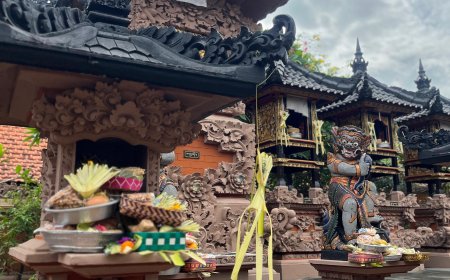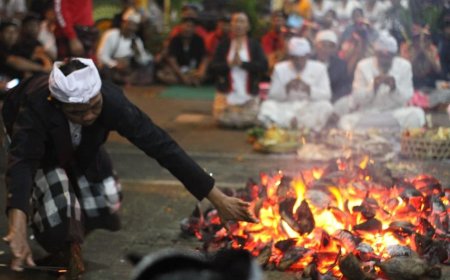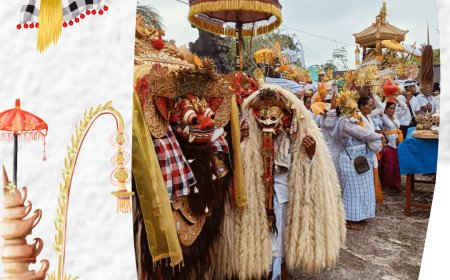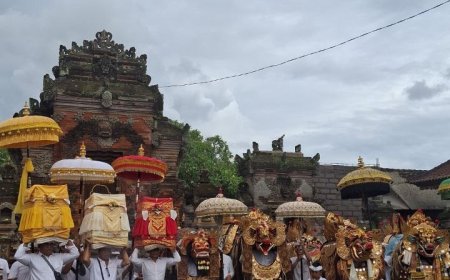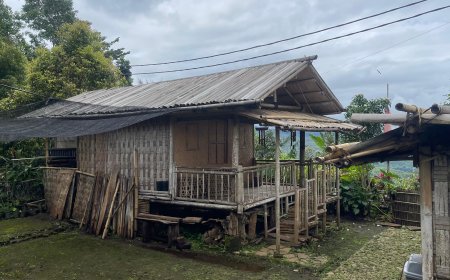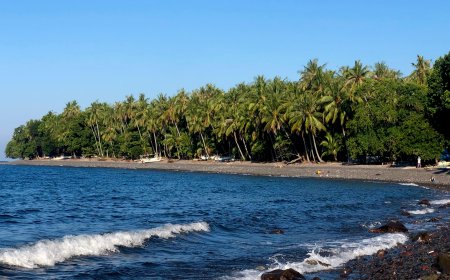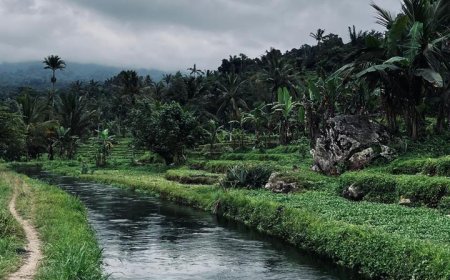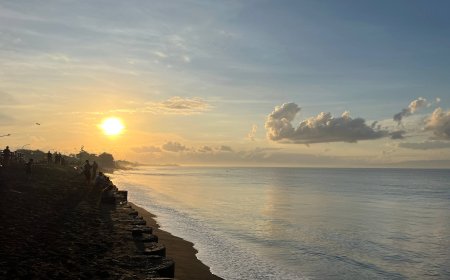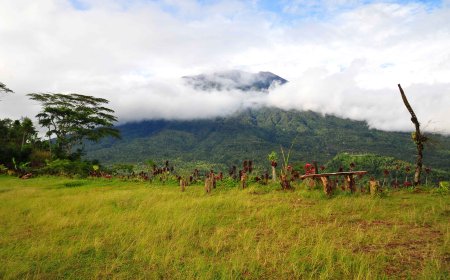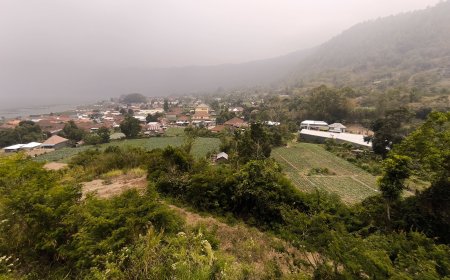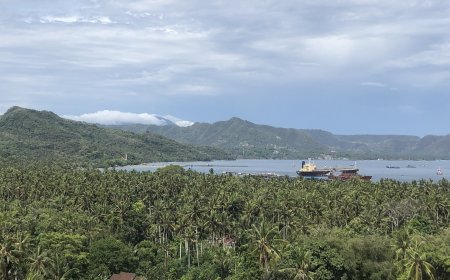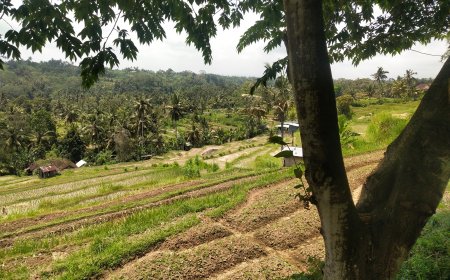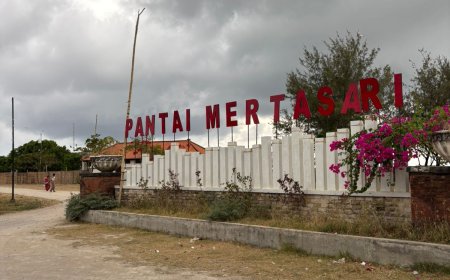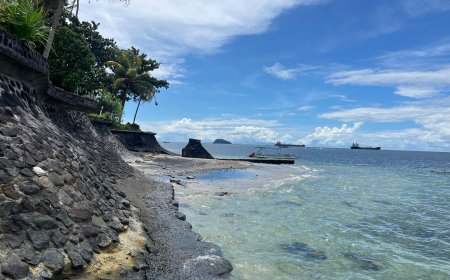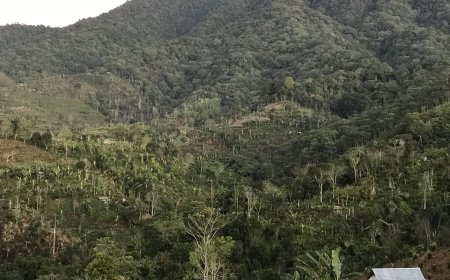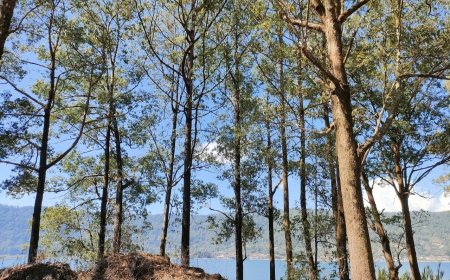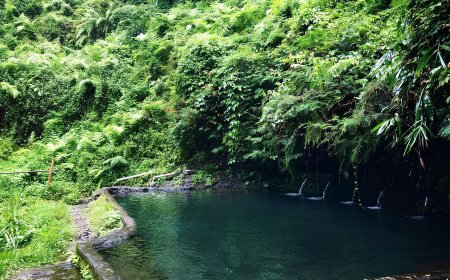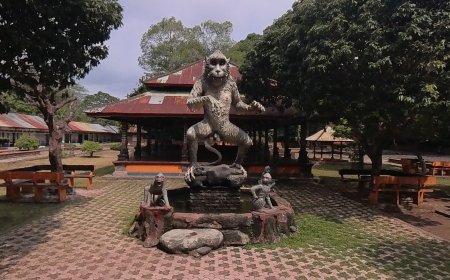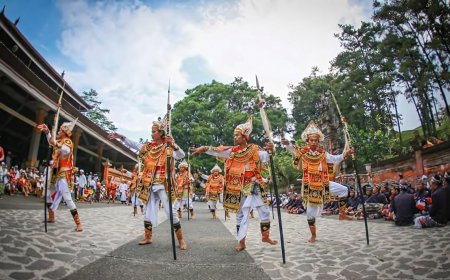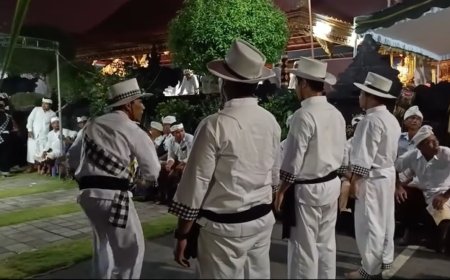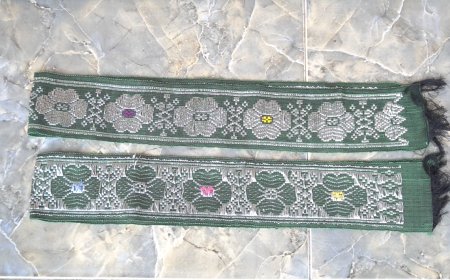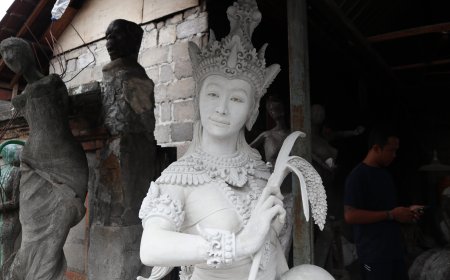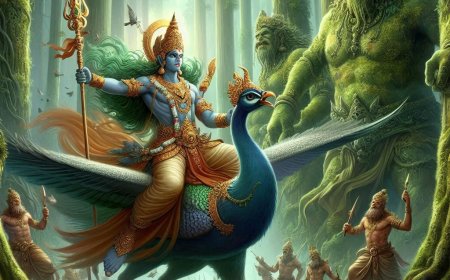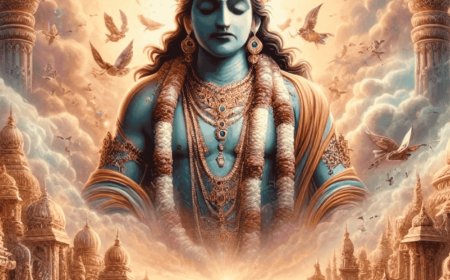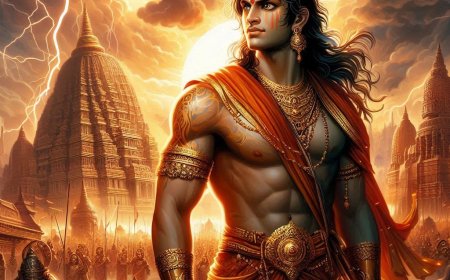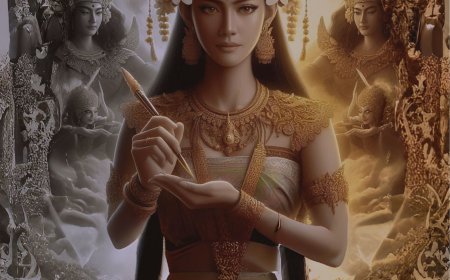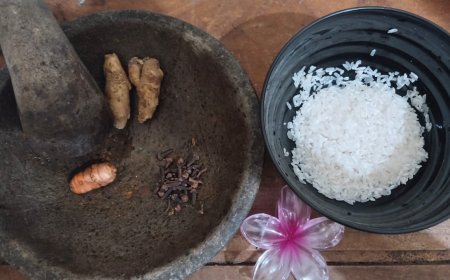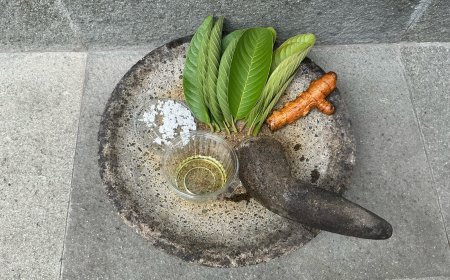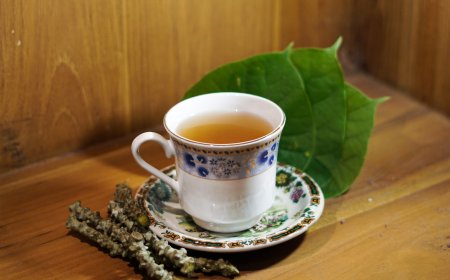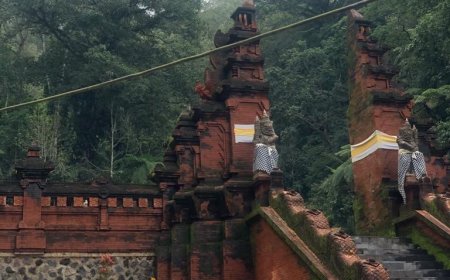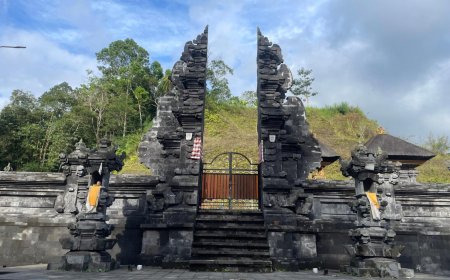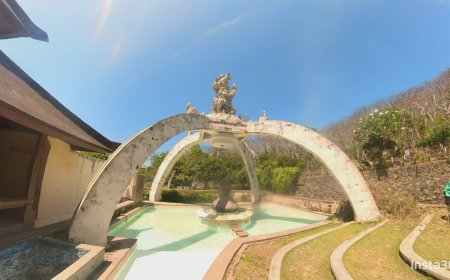Pura Yeh Gangga: Traces of 14th-Century Civilization and a Symbol of Sacredness on the River Cliff
The Seven Tiered Meru that defines Pura Yeh Gangga symbolizes the union of Shaivism and Buddhism as well as spiritual harmony in Bali. The temple has stood on the cliffs of the Tukad Yeh Enu River in Perean Village, Tabanan, since 1256 Saka or 1334 AD. Discovered in 1820, restored in 1920, and renovated in 1954, Pura Yeh Gangga now serves as a center of holy water worship and an important part of Balinese cultural heritage.
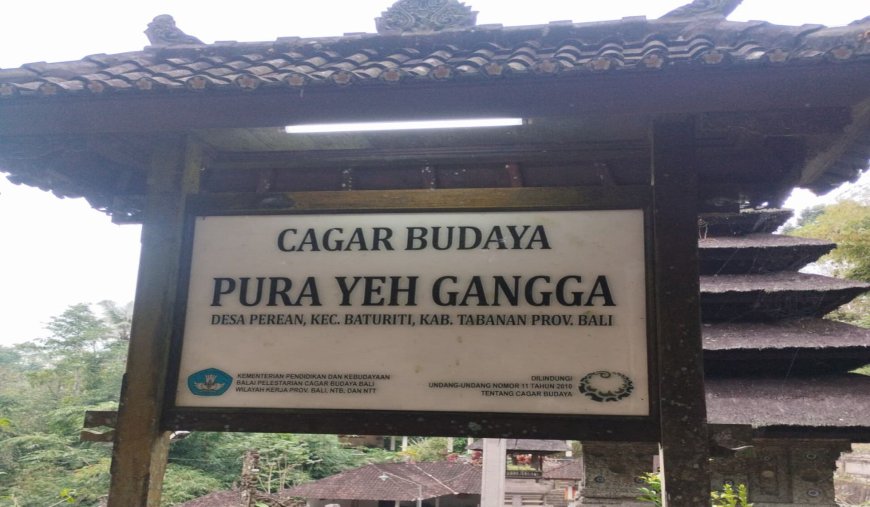
Behind the expanse of green rice fields and the cool mountain air of Tabanan stands an ancient temple that holds a long story of Balinese civilization. The temple is called Pura Yeh Gangga, a historic site that firmly stands on the cliffs of the Tukad Yeh Enu River in Perean Village, Baturiti District. More than just a sacred place, this temple is a trace of 14th-century civilization as well as a symbol of sanctity passed down from generation to generation.
An inscription in candrasangkala records that Pura Yeh Gangga was established in 1256 Saka (1334 AD). Forgotten for a time until it was rediscovered in 1820, the temple was repaired in 1920 by the Archaeological Service of the Dutch East Indies and underwent major restoration in 1954 by J.C. Krijgsman. Since then, Pura Yeh Gangga has stood once more as a guardian of ancestral spiritual and cultural heritage
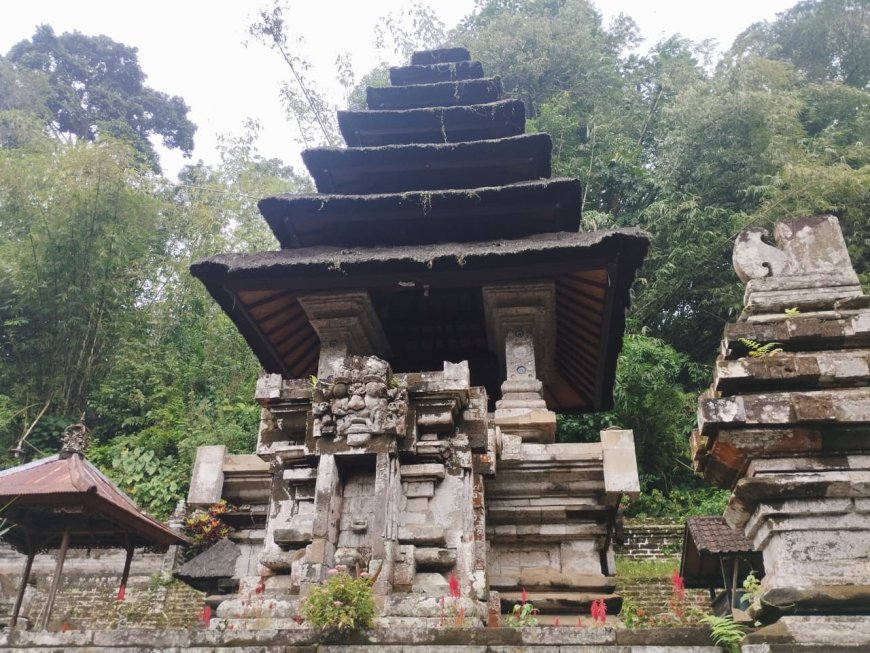 Seven-Tiered Meru (Photo Source: Private Collection)
Seven-Tiered Meru (Photo Source: Private Collection)
The uniqueness of this temple lies in the Seven-Tiered Meru that stands majestically in the main courtyard. Its seven-tiered roof reflects Shaivite characteristics, while its foundation instead shows Buddhist influence. This blend is no coincidence, but rather a reflection of the syncretism of two great teachings Shaivism and Mahayana Buddhism that flourished during the reign of King Udayana and his queen, Mahendradatta. It is no wonder that many scholars regard this structure as a symbol of spiritual harmony in Bali.
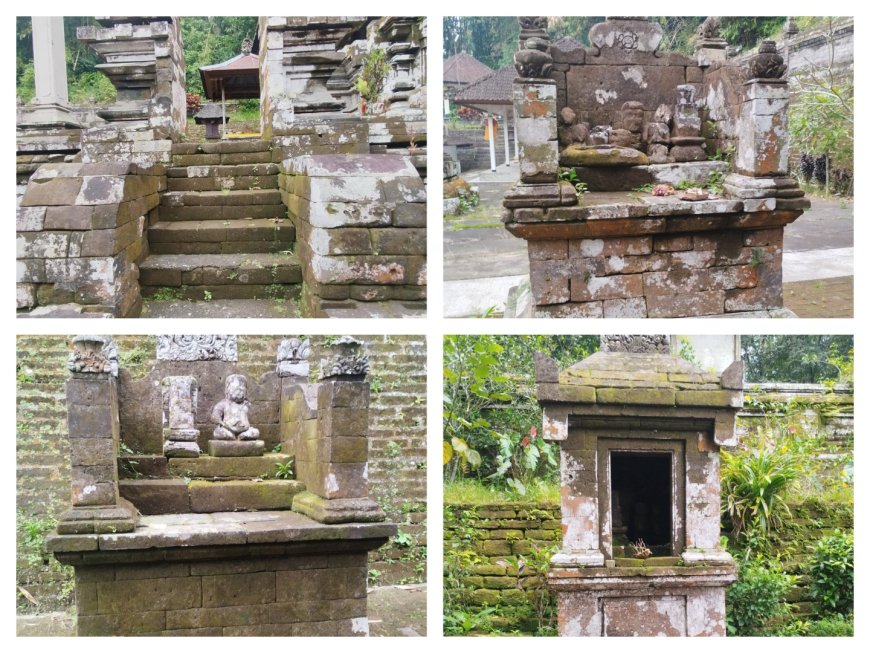 Architecture at Pura Yeh Gangga (Photo Source: Private Collection)
Architecture at Pura Yeh Gangga (Photo Source: Private Collection)
Architecturally, Pura Yeh Gangga differs from most temples. Its front is open without a gate, the left and right sides are stone pillars fused with the base of dwarapala statues, while its inner chamber once held a lingga, a skull, and a snake as sacred symbols. The temple walls are adorned with ancient ceramic plates, while traces of other civilizations can be seen in the three candi perwara (companion shrines), remnants of walls with gateways, and hermitage niches on the river cliffs that still contain lingga.
More than just an old structure, Pura Yeh Gangga has been designated a national cultural heritage site through Decree No. PM.85/PW.007/MKP/2011. The temple serves as a spiritual center of tirtha (holy water), with its sacred water believed to bring safety for the soul as well as blessings for daily life. Beyond its religious role, the temple also stands as a symbol of identity and unity for the agrarian community of Perean.
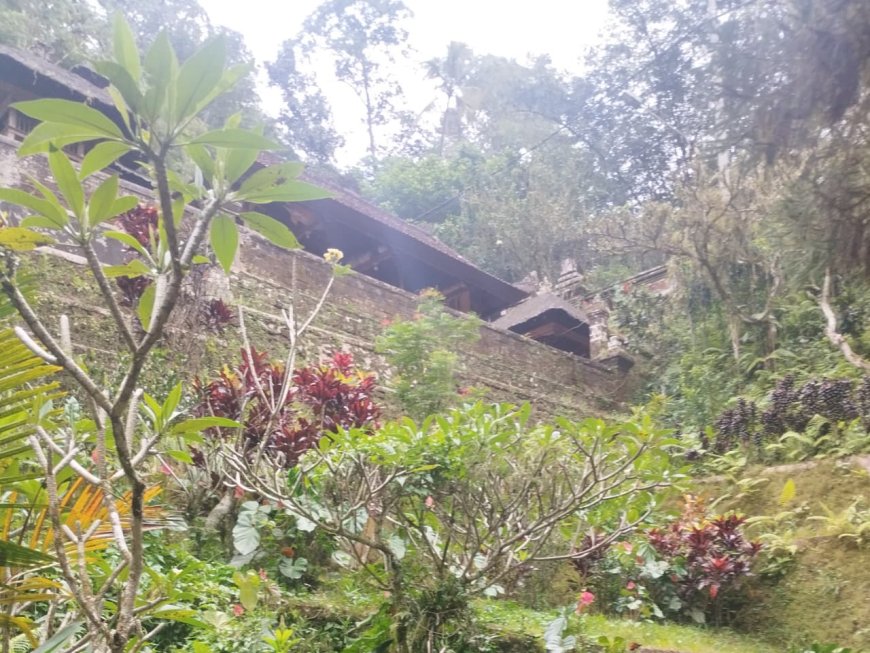 Pura Yeh Gangga from the Base of the River Cliff (Photo Source: Private Collection)
Pura Yeh Gangga from the Base of the River Cliff (Photo Source: Private Collection)
Today, anyone who visits Pura Yeh Gangga will not only discover its unique ancient architecture but also feel the serene atmosphere of a temple perched on a cliff. With its beautiful valley panorama and profound spiritual ambiance, the temple offers a different kind of experience, a journey through the traces of civilization while embracing the meaning of sanctity that continues to live on to this day.
